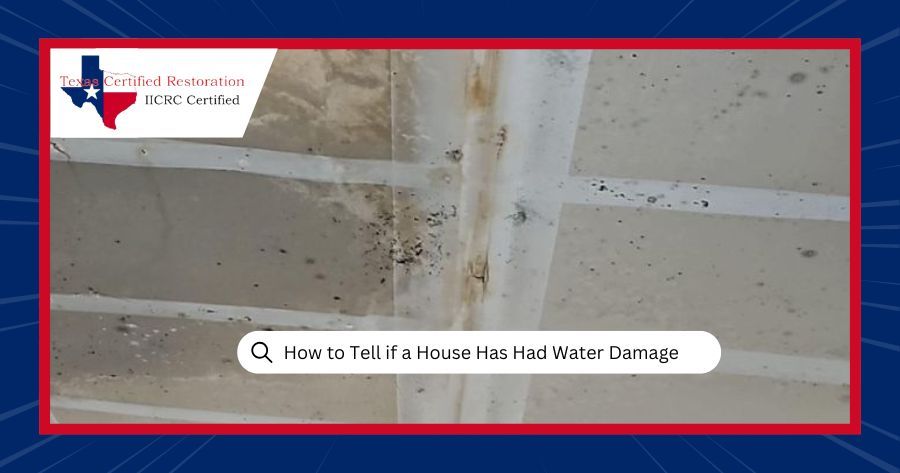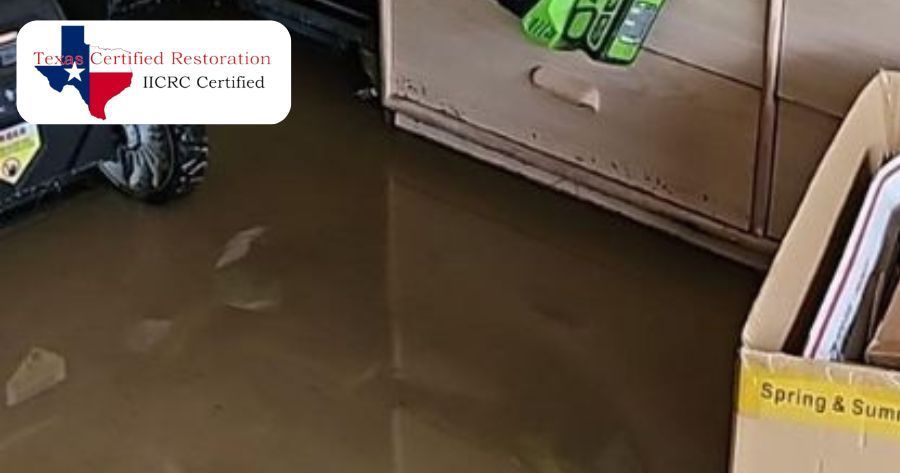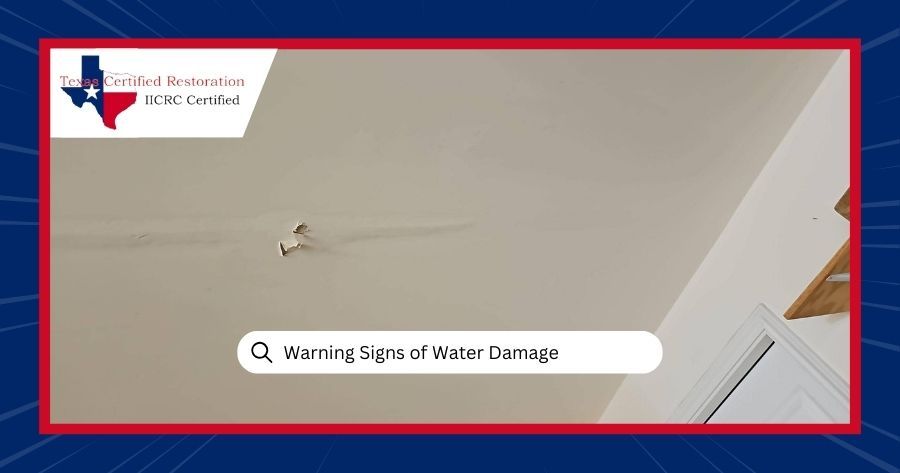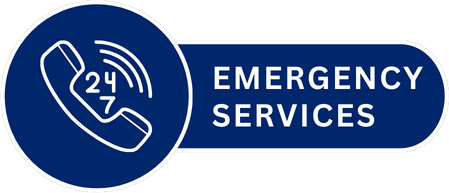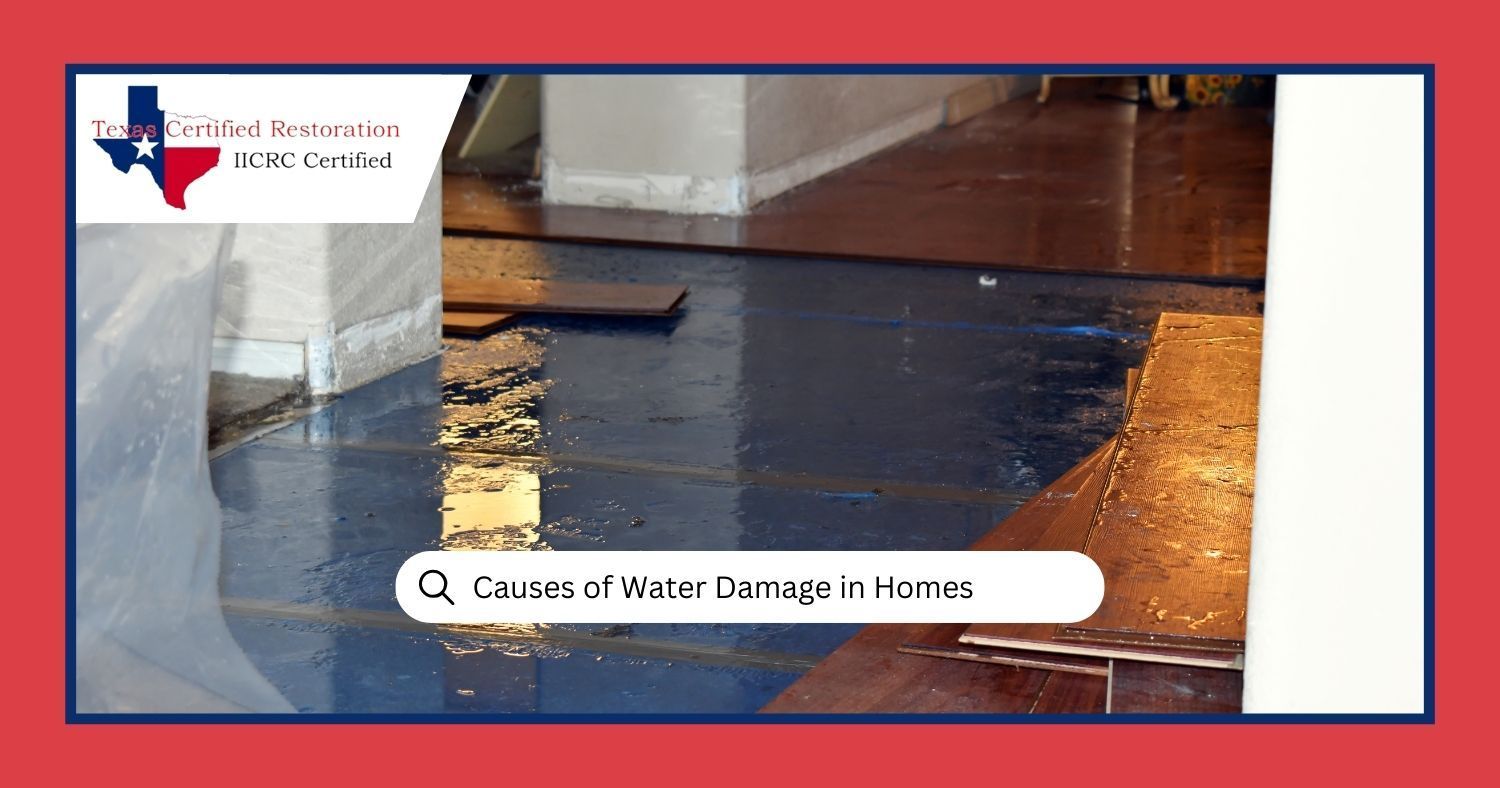
Common Causes of Water Damage in Homes and How to Prevent Them
Water damage in homes is a major issue that many homeowners face. Not only can it lead to costly repairs, but it can also cause long-term damage to a home’s structure and create health hazards. Understanding the common causes of water damage in Austin, TX homes and how to prevent them can help you protect your home, avoid costly repairs, and maintain a safe environment. Let’s look at the main sources of water damage and some effective prevention tips.
Damaged Pipes and Bad Plumbing
One of the most common causes of water damage in homes is damaged pipes or poor plumbing systems. Pipes can crack, corrode, or burst due to age, wear, or temperature changes, causing water to leak and damage walls, floors, and ceilings. Poor plumbing connections and outdated materials can also increase the risk of water leaks over time.
Aging Pipes
Older pipes are more likely to corrode, which can lead to leaks or even bursts. Older homes, in particular, are at risk due to outdated materials.
Poor Plumbing Installations
Poorly installed plumbing connections or unprofessional repairs can weaken over time, leading to leaks. These issues are often hidden behind walls, making them hard to detect until water damage becomes apparent.
Water Damage in Homes: Leaking Appliances
Household appliances like washing machines, dishwashers, and refrigerators are common sources of water leaks, especially as they age. Worn-out seals, broken hoses, or leaks in the water lines can lead to small or large water spills that damage your home. Here are some appliances you should keep an eye on:
- Washing Machines: Inspect hoses regularly and replace them every few years to prevent unexpected leaks.
- Dishwashers: Look for leaks around the door and check for clogged drainage lines that could cause water overflow.
- Refrigerators with Water Dispensers or Ice Makers: These often have water lines that can leak or crack over time.
- Water Heaters: Older water heaters are more prone to leaks; inspect them annually to detect issues early.
Clogged Drains
Clogged drains in sinks, bathtubs, showers, and toilets can quickly lead to water backups. When water can’t flow freely, it may overflow and spill onto floors, causing water damage to surrounding areas and even leading to mold growth. Clogged drains are typically caused by hair, soap scum, grease, and other debris that builds up over time, obstructing water flow. Here’s how to prevent clogged drains:
- Use Drain Covers: Install covers in sinks, showers, and tubs to catch debris like hair and food particles before they clog the drain.
- Clean Drains Regularly: Pour boiling water down the drain monthly or use a mild drain cleaner to clear minor buildups.
- Avoid Pouring Grease and Food Scraps Down the Drain: Grease can solidify, leading to blockages. Dispose of it in the trash, and consider using a sink strainer to prevent food scraps from going down the drain.
By taking these preventive measures, homeowners can avoid the costly and inconvenient effects of blocked drains, keeping their plumbing systems running smoothly and preventing water damage and mold growth.
Natural Disasters
Water damage caused by natural disasters, such as floods, heavy rains, and hurricanes, can be devastating, often requiring extensive cleanup and repairs. Natural disasters can bring large volumes of water into your home, leading to structural damage, soaked insulation, ruined flooring, and an increased risk of mold growth if the water isn’t removed quickly. While you can’t control the weather, there are steps you can take to reduce the impact of storms. Here’s how to prepare for natural disasters:
- Seal Cracks and Gaps Around Your Home: Inspect your home’s foundation, basement walls, and areas around windows and doors for any cracks or gaps where water could enter, and use waterproof sealants to fill them.
- Clear Gutters and Downspouts: Make sure they’re free of debris so rainwater can flow away from your home, reducing the risk of water pooling around the foundation.
- Use Sandbags or Flood Barriers: For homes in flood-prone areas, sandbags and barriers can help protect your property from minor flooding during severe storms.
- Consider Flood Insurance: If you live in an area at high risk for flooding, flood insurance can provide financial protection, as standard homeowners’ insurance often doesn’t cover water damage from natural disasters.
HVAC Units
Heating, ventilation, and air conditioning (HVAC) units are another common source of water damage in homes. Air conditioners, in particular, produce condensation, and if not maintained properly, the drain lines can clog and overflow. This can lead to water pooling and causing damage to walls and floors around the unit.
Read About - Average Water Damage Restoration Cost
Protect Your Home with Texas Certified Restoration
Water damage can happen at any time, but with proper awareness and maintenance, you can reduce the risk significantly. When damage does happen, tackling it quickly is key to minimizing long-term issues. If you need expert help to handle water damage in your home, trust
Texas Certified Restoration to provide reliable and effective solutions. Call us at (512) 883-6760 or
fill out an online form on our website.

